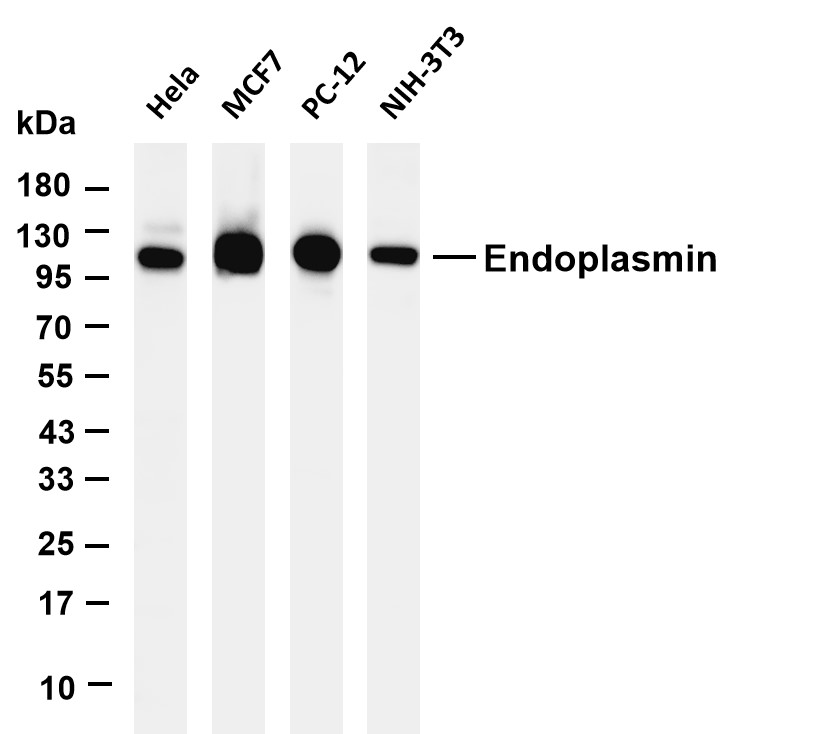| Background | Caution: Was originally (PubMed:1577270) thought to inhibit the transcriptional activity of nuclear factor NF-kappa-B. Domain: Both N- and C-terminal domains are required for transcriptional activation. Function: NF-kappa-B is a pleiotropic transcription factor present in almost all cell types and involved in many biological processes, such as inflammation, immunity, differentiation, cell growth, tumorigenesis, and apoptosis. NF-kappa-B is a homo- or heterodimeric complex formed by the Rel-like domain-containing proteins RELA/p65, RELB, NFKB1/p105, NFKB1/p50, REL, and NFKB2/p52. The dimers bind at kappa-B sites in the DNA of their target genes, with individual dimers displaying distinct preferences for different kappa-B sites based on their binding affinity and specificity. Different dimer combinations act as transcriptional activators or repressors. NF-kappa-B is regulated through various mechanisms, including post-translational modifications, subcellular compartmentalization, and interactions with cofactors or corepressors. NF-kappa-B complexes remain in the cytoplasm in an inactive state, complexed with members of the NF-kappa-B inhibitor (I-kappa-B) family. In a conventional activation pathway, I-kappa-B is phosphorylated by I-kappa-B kinases (IKKs) in response to different activators and subsequently degraded, liberating the active NF-kappa-B complex, which then translocates to the nucleus. The NF-kappa-B heterodimeric RelB-p50 and RelB-p52 complexes function as transcriptional activators. RELB does not associate with DNA or interact with RELA/p65 or REL. It stimulates promoter activity in the presence of NFKB2/p49. Induction: By mitogens. PTM: Phosphorylation at Thr-103 and Ser-573 is followed by proteasomal degradation. Similarity: Contains one RHD (Rel-like) domain. Subunit: Component of the NF-kappa-B RelB-p50 complex and the NF-kappa-B RelB-p52 complex. Self-associates in a transient interaction that may prevent degradation, allowing heterodimer formation with p50 or p52. Interacts with NFKB1/p50, NFKB2/p52, NFKB2/p100, and NFKBID. |

